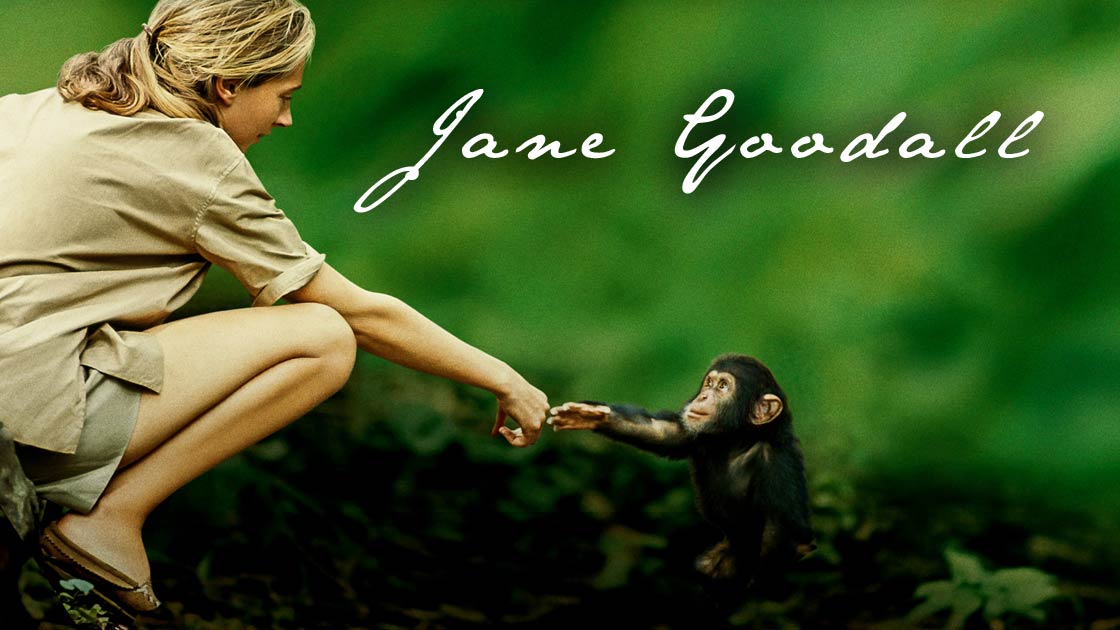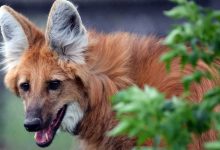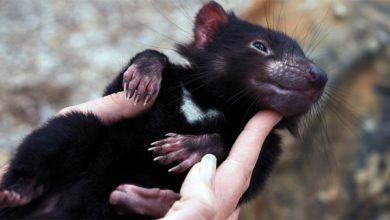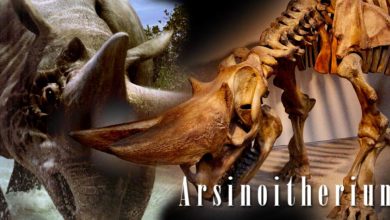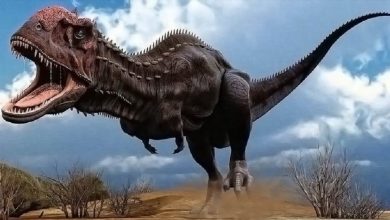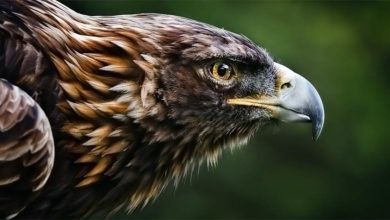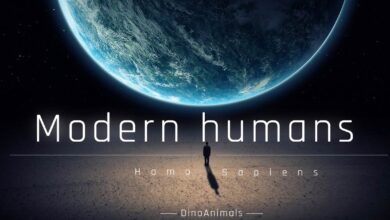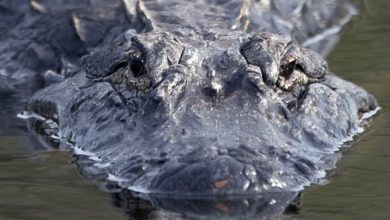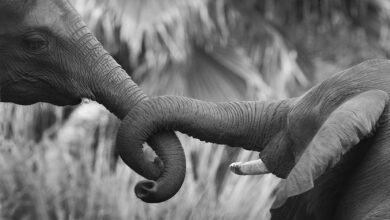Jane Goodall – there is always hope
“One should always hope” – these words uttered by Jane Goodall during a conversation about the plight of the victims of wars in Africa can be considered the motto of the famous researcher. Gifted with a magnetic personality, an extremely distinguished naturalist, she became famous primarily for her research on chimpanzees, although her list of merits is much larger.
Jane Goodall (actually Valerie Jane Morris-Goodall) is an extraordinary person whose achievements have changed people’s perceptions of animals forever. At the same time, she showed extraordinary fortitude and involvement in the problems of nature of almost the entire world. Despite the fact that she herself encountered the cruelty and thoughtlessness of man towards nature, she still believes that human mentality can be changed and she fights tirelessly for a better future for the Earth.
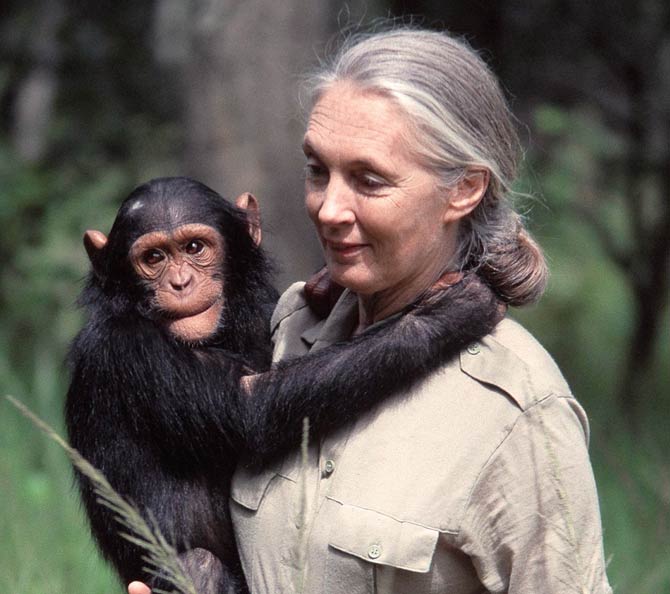
Youth and the beginnings of love for nature
Jane Goodall was born on April 3, 1934 in London. As she claims today, she has always been interested in nature thanks to her mother who read her books about animals. When Jane turned 1.5 years old, she was given a stuffed chimpanzee. Many people warned parents against such a gift, as it was believed that it could cause nightmares in a child – but it turned out otherwise. In Jane, the plush chimpanzee aroused a great fascination with Africa, which was later intensified by the books about the adventures of Dr. Dolittle, who talked to animals.
Goodall’s childhood was overshadowed by the fact that when the war broke out, her father left the family. Fortunately, the mother was a great support for the girl. As one of the few people, she did not try to discourage Jane from fulfilling her childhood dream of going to Africa, and even encouraged her in the struggle to achieve her goal. When it turned out that the studies were too expensive, Jane, on the advice of her mother, took up the job of a secretary, which enabled her to study.

The beginning of a scientific career
As a secretary, Goodall had many contacts. In 1957, she took advantage of it and called Louis Leakey – the then famous Kenyan archaeologist and paleontologist. Leakey believed that thorough research into great apes would help us better understand human origins. At the same time, he had an unusual view for those times – he believed that women were better suited to natural science research because they were more precise and devoted to work.
The scientist was pleased with Goodall’s firm attitude and decided that it would be an excellent fit for his planned research on chimpanzees in Tanzania’s Gombe National Park. In 1958, he sent her to London to study primate behavior. He also managed to overcome the difficulties known from the conservatism of British authorities and obtained permission for Goodall to work on the reserve. It is worth adding that the same scientist was the promoter of Dian Fossey in her research on mountain gorillas.
Goodall arrived in Africa on July 14, 1960, completely unprepared for what awaited her, as she had never been to Africa and did not really know much about chimpanzees. However, she tried not to disappoint Leakey’s expectations. She closely watched the chimpanzees and learned about their habits. At first, the animals feared her and were very distrustful. Fortunately, Goodall didn’t get discouraged and waited patiently for the chimpanzees to get used to her, even though it took several months. Thanks to her attitude and subsequent achievements, in 1967 she became the head of research at Gombe.
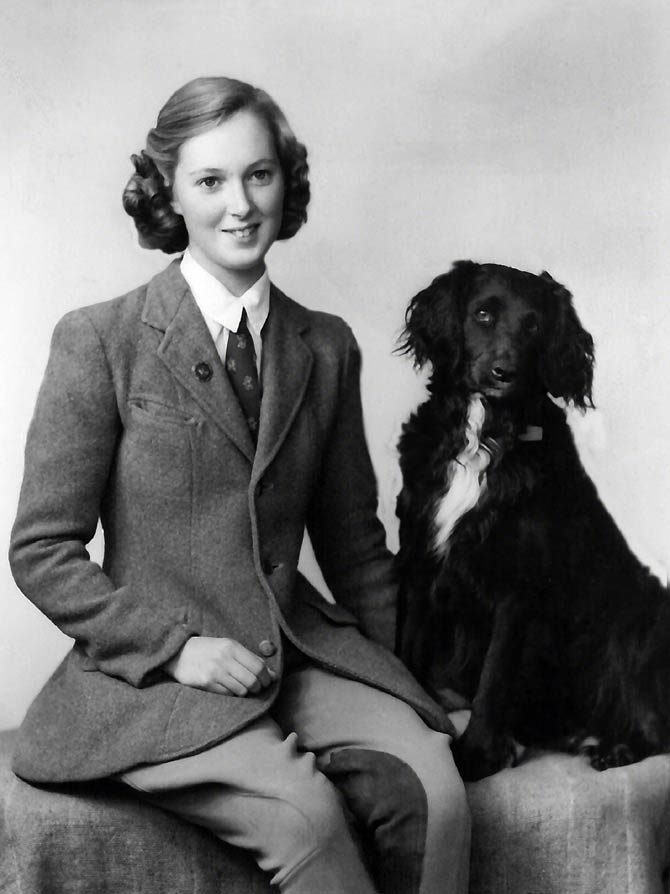
A new look at chimpanzees
Once Goodall accustomed the chimpanzees to her presence, she could begin a careful study of their behavior. They brought many surprising discoveries. Already in the first year of her presence in Africa, she noticed that chimpanzees use tools. It also turned out that, contrary to popular belief, they are not vegetarians, but also feed on insects, mainly termites, which they extract from termite mounds using branches cleared of leaves.
Further observations showed that these animals exhibit a number of characteristics that indicate a complex personality: they clearly show joy, fear, aversion and affection. She also observed that chimpanzees use tricks to gain advantage at the expense of other individuals in the herd and make malicious jokes to each other. She also noticed that they exhibited an enormous range of attachment behavior so far reserved for people: they hug, hug and even kiss each other.
On the other hand, she noticed that chimpanzees could, in certain situations, engage in what she called “wars”. An interesting behavior described by Goodall was “rain dance”. Well, some chimpanzees reacted very nervously to heavy rains. When they looked up at the sky, they made terrifying noises and made threatening gestures as if to scare the element away.
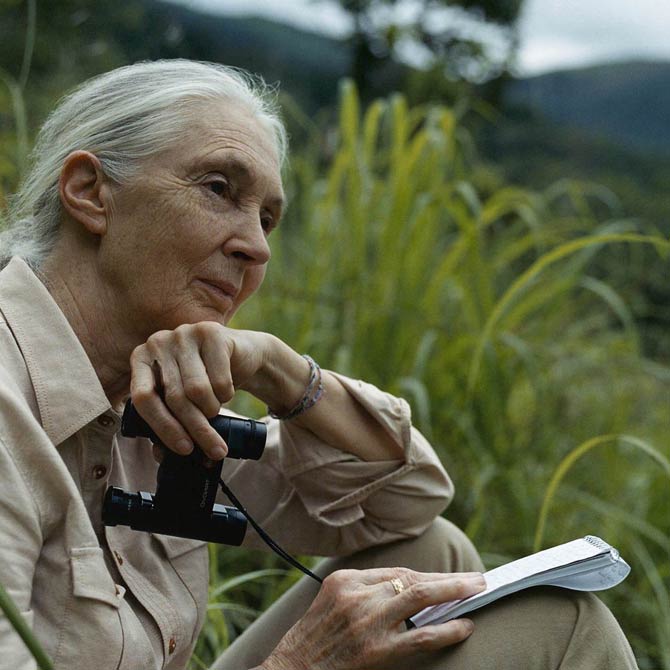
Goodall herself claimed that all these discoveries were possible only because they were made in the field. The conditions in captivity cause the behavior and social structure of chimpanzees to be unstable, so observation does not give reliable results.
Goodall made sure that her findings were not considered too emotional – she wanted the scientific world to take her findings seriously. It was only in 1986, and therefore after 26 years of research, that she published the book “The Chimpanzees of Gombe: Patterns of Behavior”, which included all her research to date.
The work was enthusiastically received and completely changed the approach to animals, especially chimpanzees. The image of a bloodthirsty, not very wise monkey has disappeared forever – it has been replaced by the image of intelligent animals, showing a range of emotions, often caring, but also sometimes malicious. Field research has become much more important, and the way animals are written has changed. Until now, many scientists have avoided writing about animals’ emotions at all costs, fearing accusations of trying to equate them with humans – after the publication of Goodall’s works, the reluctance to attribute emotions to animals significantly decreased.
It is true that some scientists accused the researcher of the lack of objectivity and the alleged “unscientific nature of research”. Goodall gave the chimpanzees she watched names instead of numbers, as was done so far, and in the descriptions she used terms that were supposed to indicate a desire to “humanize” chimpanzees, such as “childhood”, “motivation”, “excitement” and “mood”. Goodall, like many other scholars, countered these allegations, saying that careful observation of animals allows us to see that they often exhibit emotions and that only an extremely hardened and conservative mind is unable to accept that animals can also experience them.

Jane Goodall’s Other Accomplishments
Jane Goodall is known primarily for her research on chimpanzees, but her achievements cover a much wider range of activities. She regularly met with members of governments, UN ambassadors, wrote articles, and participated in events to help people understand the need to protect nature. He takes part in these activities to this day – despite his old age, he stays away from home for 300 days a year.
So that the activity would not be in vain, the researcher founded an institute named after her, whose aim is to educate the next generation of naturalists. The emphasis is on careful observation of animals in the wild, and on the promotion of activities aimed at environmental protection, also in cooperation with state institutions. Currently, Jane Goodall Institue has offices in 27 countries.
Jane Goodall noticed that many threats to nature come from social problems, which is why she has repeatedly engaged in pro-social activities. In 1991, she started the Roots & Roots project in Tanzania, in which the people of the country were helped to improve their livelihood. To this end, trees were planted and taught about the importance of various organisms (such as poisonous snakes) that were wrongly considered harmful. The project has been so successful that it is now running in 120 countries. In addition, she met with representatives of refugees from countries affected by armed conflicts and made efforts to make the whole world hear about their tragedy. She also argued that many wars could have been avoided had it not been for environmental degradation resulting in further impoverishment of states.
Goodall has received a number of prestigious awards for her activities, including many honorary doctorates, the Kyoto Prize, the Benjamin Franklin Life Science Medal and the UNESCO Medal. She was also awarded the Order of the Legion of Honor – the highest French state decoration.
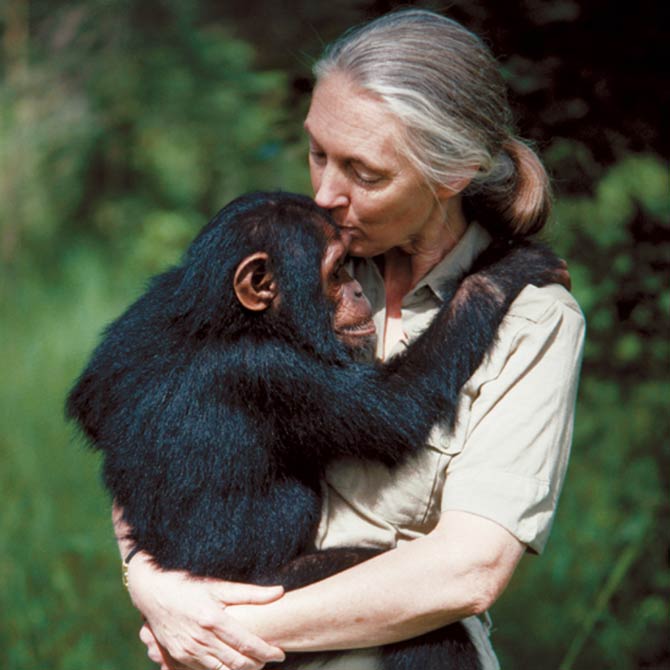
Jane Goodall’s Private Life
While in Gombe, Jane Goodal met Hugo van Lawick, whom she married in 1964. In 1974, Jane and Hugo separated, and a year later Goodall married the director of Gombe National Park, Derek Bryceson. The marriage turned out to be happy, but unfortunately Bryceson died of cancer five years later.
From her first marriage, Jane Goodall has a son – Hugo, Eric Loius. He does not share his mother’s interests, and he was very afraid of chimpanzees when he was young. He later became head of a crab fishing company, which left him in conflict with Jane for many years. However, Hugo followed his mother’s activities and noticed that she completely omitted ecotourism as a form of education. Jane liked the idea, and their relationship has improved significantly since then.
Jane Goodall has met many significant people. Despite many years of working in difficult conditions and having to face many problems, also related to treating her in the scientific community through the prism of gender, she never gave up the bright sides of character. Even opponents agree that Goodall is an extremely contact person, cheerful, warm, endowed with an extraordinary sense of humor and very patient. The only thing that clearly irritates her is to regard animals as “automatons”, creatures incapable of emotions.

Jane Goodall – interesting facts
- Jane Goodall still has two childhood talismans-mascots. One of them is a plush chimpanzee with a music box, which she got when she was 1.5 years old. The second is a teddy monkey named Mr H., which the researcher takes on every trip and gives each interlocutor to pet during professional meetings. As she claims, the monkey was stroked by over three million people.
- Goodall is a widely read author in English-speaking countries. She has written 15 science books and 11 books for children.
- The researcher believes that Bigfoot really exists and is very interested in this cryptid.
- Goodall suffers from prosopagnosia (face blindness), a disorder of not being able to recognize faces. He even recognizes close people by their voice or finds out before the meeting how they will be dressed so as not to confuse them with someone else.

Discussion / Podcast on Jane Goodall
Let’s listen to a discussion about Jane Goodall – there is always hope.
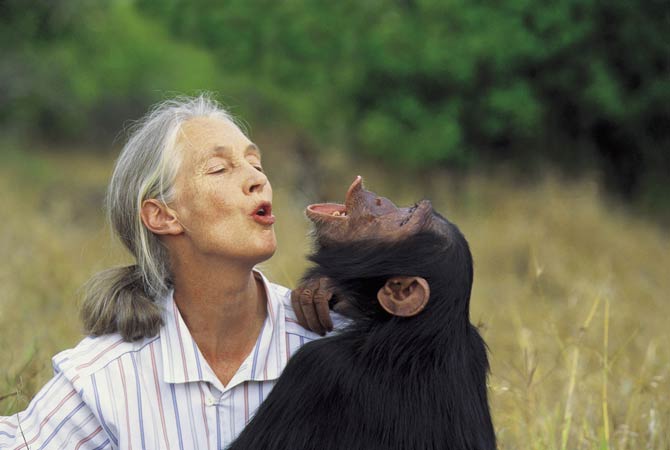
Recommended
- Dian Fossey
- Jim Corbett
- Gorillas
- Gorilla – the biggest ape
- Koko – the smartest gorilla in the world
- Chimpanzee
- Orangutan – a forest man
- Bili apes – lion killers

